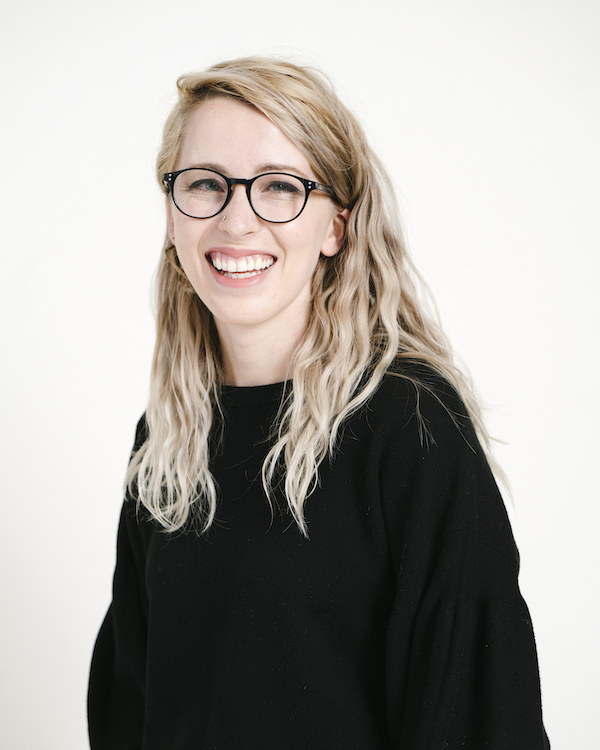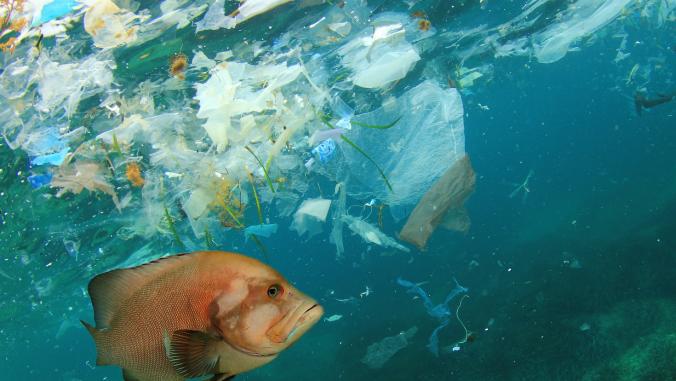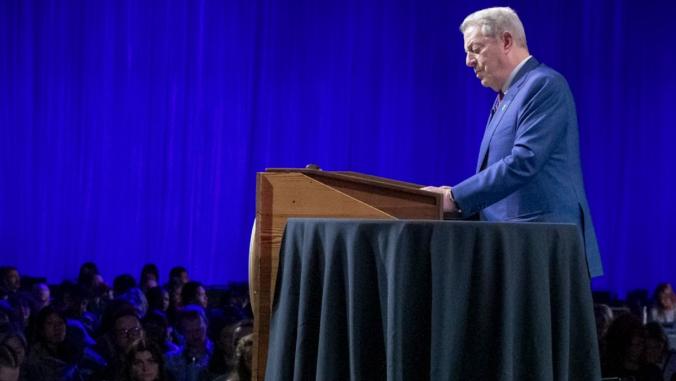Part 1 of the new Climate Tech Weekly series, "What Would Dolly Parton Do? 9 to 5 in the Climate Tech Sector"
Before we dive in, I need to say thank you so much to everyone who responded to my call for climate tech startups with influential women steering the ship. I received so many messages I literally had to create a new folder in my inbox to keep everything organized … a.k.a. Please be patient with me about my response time!

Image courtesy of LivingCarbon
Welcome to the first article in our brand new series, "What Would Dolly Parton Do? 9 To 5 In the Climate Tech Sector." First up is Living Carbon, a synthetic biotechnology company based in Hayward, California.
One sunny Friday, I walked into an unassuming building and was met by a woman with a glowing smile — Living Carbon CEO and co-founder Maddie Hall. She instantly set the tone of the tour as informative yet conversational, cracking jokes and sipping seltzer throughout our afternoon together.
What is Living Carbon and what is its purpose?
So what does a synthetic biotech company do? Hall breaks it down for me: It all comes down to trees. As we walked through the lab and growing center, Hall explained that Living Carbon starts with the seedlings of hybrid poplar trees and genetically alters the seeds.
"We start with these undifferentiated plant cells, or the plant version of stem cells, and we go through this process called particle bombardment where we use a combination of helium, gold particles and a vacuum. We also do gene editing with CRISPR [a technology often used to edit genes]."

Image by Leah Garden/GreenBiz
Living Carbon grows the seedlings from a few cells on a petri dish to fledging trees, and are in the process of building a specific greenhouse for the plants once they grow to a certain height; for now, the trees are housed in a special room with specifically designed LED lights.
Living Carbon then sells the trees to landowners seeking to transform their own properties to more productive systems. Additionally, Living Carbon sells credits to carbon credit buyers — I’ll expand on that aspect of the company later on.
Once transferred from the lab to the earth, the real fun begins. As the trees grow and live, they accumulate highly concentrated amounts of nickel from the soil and capture higher than normal amounts of carbon from the atmosphere once planted in the ground.
Nickel is a natural component of soil, but when too much has built up due to industrial processes, it can actually inhibit natural growth.
What makes these trees stand apart from the multitudes of tree planting campaigns around the world is the genetic engineering that increases their effectiveness for eliminating hazardous materials from the natural world and higher growth rate.
Who is leading the charge?
Lounging in the conference room, appropriately decorated with wall art depicting branches in a forest, Hall and I discuss Living Carbon’s inception and creation.
Before Living Carbon, Hall worked at venture capital firm Y Combinator on special projects focusing on the future of artificial intelligence (AI). As she learned about the technology of the future via her clients, her own passion to make an impact began to bloom.
"We’re already working on something that is decades in the future and what the world will sort of look like. You start to think a lot more about existential threats to humanity, and climate is one of them. So I did a deep dive looking for something similar to AI but for climate change."

Maddie Hall is the CEO and co-founder of Living Carbon. Image courtesy of LivingCarbon
And her path became clear: plant biotechnology. "You have all of these really brilliant tenured researchers who have spent most of their lives working on crops or sometimes even chemicals, but you go into plant biotech because you really like plants." So Hall, alongside her co-founder, Patrick Mellor, decided to provide a third option for these singular minds: A private company that supports both lab and field research and implementation for multiple species of trees.
Hall counts herself among those who really like plants. Since childhood, the CEO explained her whole world has been influenced by greenery via her family, saying, "My grandmother was on the board of the arboretum in Seattle for 50 years as a volunteering member…and my other grandma was a librarian who studied plants and birds and my mom did flowers."
Being a woman in the climate tech sector
When I asked Hall to describe her experience as a female founder in Silicon Valley — a space famously oversaturated with male CEOs — she dropped the jovial tone.
"Neither [my grandmother or mother] had the chance to start a company. So I feel like [Living Carbon] is the company that I would have wanted all of the women in my family who came before me to also have the opportunity to start."
And it's not just a family legacy Hall considers when evaluating her role as CEO. She describes the implications of starting a business in her late 20s, acknowledging that if she wanted to become a mother, the time for Living Carbon was now or never. And this dilemma, she elaborates, of family versus work is a decision frequently weighed by women that men in her position don’t tend to consider.
Furthermore, Hall describes her hesitancy to engage in PR for Living Carbon until multiple clients were booked, saying, "I wanted us to have scientific credibility … because I saw so many hit pieces on female founders coming out and I’m like, I know at least 20 male founders who had done the same things but didn’t get an entire article."
Moving forward at Living Carbon
I recently wrote about Frontier, a new philanthropic advance market commitment (AMC) that finances early-stage climate tech companies with the potential to invigorate a carbon capture and credit market. In June, Living Carbon was announced as one of six companies chosen to receive money from the AMC, allowing the company to sell carbon credits created with the carbon sequestered from the atmosphere via the trees planted.
With this new funding, Living Carbon will continue to scale up. When I asked if the public would be able to pick up one of these super trees from their local Lowe’s sometime in the near future, the answer was a firm no. Hall made it clear that Living Carbon wants to make a massive impact, saying, "If we’re at Home Depot or Lowe’s, it's one person planting a tree, but what we want is to be working on a massive scale." That massive scale is more to the tune of planting thousands of trees where an old mine used to be, rehabilitating the soil and habitat. And isn’t that, after all, the reason why trees exist in the first place?
So there you have it, folks. The first official entry in the series "What Would Dolly Parton Do? 9 To 5 in the Climate Tech Sector." And don’t worry. I’ll let Dolly play me out…(skip to one minute in to get to the actual song).
"You better get to livin…"
Some quotes in this article were altered for clarity or length.






